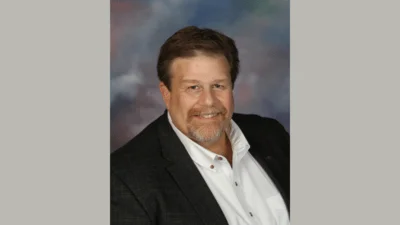Illinois State House District 91 issued the following announcement on July 29
Illinois drivers are finding the pain at the pump to be especially uncomfortable this summer. For those of us who represent you in Springfield and stood against the doubling of the Motor Fuel Tax (MFT), we share your discomfort. The way in which this gas tax, and the other new taxes from this year, was brought forward leveraged one of the oldest and shadiest political tricks in the book; lengthy bills presented to lawmakers with only hours to digest, decide and vote.
In the time since these new taxes were passed at the end of May and implemented on July 1, many constituents have asked about the doubling of the taxes on gasoline and how these additional taxpayer dollars will be spent. I’d like to break that down and, at the same time, give you some insight on my “no” vote on this bill and the events of the final days of the spring lawmaking session.
It was a long session that started slow and ended in a flurry of impactful votes on many thousands of pages of legislation. These thousands of pages introduced spending totaling over $80 billion dollars, as mentioned, with only hours to review and vote. SB1939 is the bill that raises the MFT to 38-cents per gallon (from 19 cents a gallon) and keeps Illinois as one of only six states that has a 6.25% sales tax on top of the MFT. The bill also:
increased tax on diesel fuel by 24-cents per gallon
increased vehicle registration by $50 per-year
Increased truck vehicle registrations by $100 per-year
Increased certificate titles by $55 for standard vehicles
All of that added together is projected to bring in $2 billion dollars annually and, when combined with bonding (borrowing against future revenue), comprises the biggest portion of the $44 billion “roads and bridges” capital bill. Unfortunately, not all of revenue is being used for roads and bridges, as many proponents will contend. In fact, 20% of the tax hike goes towards mass transit.
Digging deeper, Cook County will receive 90% of the funds earmarked for public transit. That’s 90% for Chicago transit, while the rest of the state splits 10% across hundreds of communities. This is money that the people of central Illinois expect to be used to repair and replace roads and instead it’s headed for mass transit in Chicago. Obviously, this is not a level playing field for all areas of the state.
Unfortunately, the new tax is now law. So how will these tax dollars help us locally? One of the first things I looked for in the capital bill was the widening of Route 24 through southern Peoria and northern Fulton County. This project is needed for safety and has bi-partisan support. To my surprise, not only was it not listed, but NONE of the projects for state roads and bridges in the area were listed. On Saturday evening, June 1st, I asked IDOT specifically about Route 24 and the Pekin Court Street project. For specific state road projects, I was told that they would be “lump summed” instead of itemizing the projects because there “just wasn’t enough time to put the bill together otherwise.” I was also told that some projects that are critical to our area would not be included at all, including Pekin’s Court Street.
These outcomes would most certainly have been different if the bill had been formulated and presented in a more transparent manner.
In total, these bills spend over $80 billion dollars. They were passed in the final hours of the May session with bi-partisan support. I didn’t support these bills for the reasons mentioned and because the process was flawed. It did not represent a good faith effort by House leadership for all voices to be heard. Many unintended consequences are coming to light because of the bills hurriedly passed in the final hours. I expect the impact of these bills to grow as Illinoisans grow tired of the “tax and spend” mentality in Springfield. Despite my opposition to this recent legislation, I’ll continue to advocate for my District and push for a fair distribution of the tax dollars that we must now pay.
Original source can be found here.





 Alerts Sign-up
Alerts Sign-up